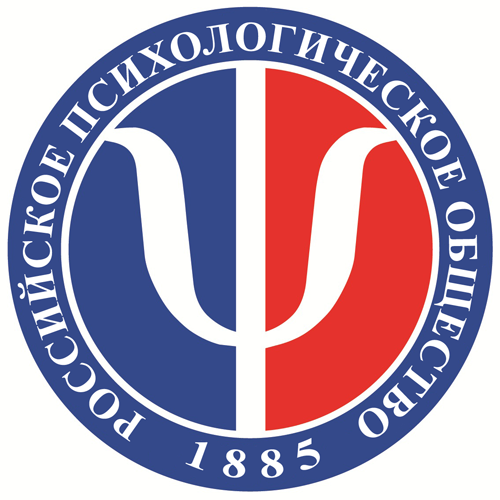Relevance. The article is devoted to the search for opportunities that are provided to a child in modern childhood. Modern childhood, on the one hand, provides children with extraordinary opportunities for development, such as the use of digital devices to implement various ideas, mastering various aspects of culture not only from books, but also through direct acquaintance with the original cultural samples in various museums in different countries. But on the other hand, the wide opportunities associated with travel and acquaintance with modern achievements of science and technology simultaneously generate situations of uncertainty in which children find themselves: for example, such as a pandemic. Society faces the task of realizing the changes that humanity is facing. Flights into space, robotization processes, the emergence of artificial intelligence, etc. poses a new problem of learning. Children and adults are increasingly in a situation of uncertainty.
The aim of the study. To show the possibilities of developmental therapy from the perspective of developmental psychology and psychotherapy on different groups of children.
Description of the research progress. The study was conducted on a group of children who survived the terrorist attack in preschool and primary school age (Beslan, 2004 – 40 children) and children who found themselves in a situation of emotional distress and stress during the pandemic (2020–2021 – 20 children). Group and individual classes were held in offline and online format.
Results. There is a very special task of restoring the normal course of mental development of those children who have experienced unusual situations associated with existential experiences. The possibilities of meeting with negative situations gives rise to fear of the future, which slows down children’s development and limits the horizon of the formation of the personality of a modern person. Studies show that methods aimed at the development of children in certain conditions can achieve a stable psychotherapeutic effect and emotional harmonization, and can be used to work, including with fears. It was shown that such tools as visual models and the author’s symbol can be used for development and psychotherapy, which is developmental therapy in conditions of unpredictable future and uncertainty.
Conclusion. Adaptation to the challenges of the time is becoming one of the important tasks of supporting the development of a modern child. One of the forms of such support is developmental psychotherapy, the theoretical foundations of which are set out in the proposed article.

